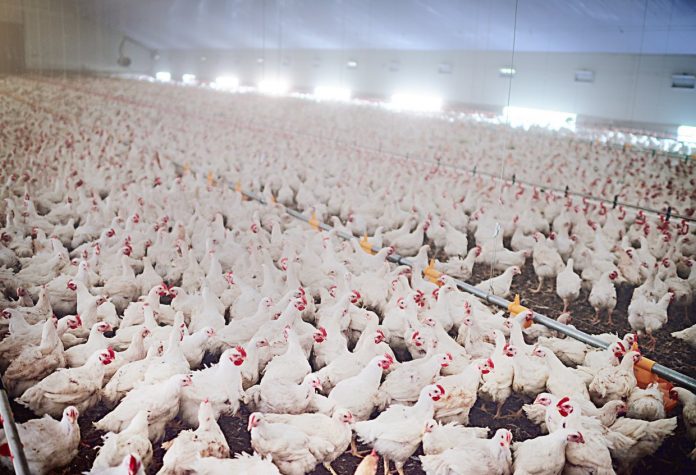
Canadian Bio-Systems receives Veterinary Health Products approval for Maxi-Nutrio® Liquid, a yeast bioactive technology.
An innovative new category of science-powered yeast technology, with dynamic potential to benefit livestock operations, is gaining expanded opportunity for 2020 – delivering strong advantages to optimize profitability while aligning with antibiotic-reduction and sustainability trends.
Yeast Bioactives technology developed by Canadian Bio-Systems Inc is designed for use as a supplement in diets for poultry, swine and ruminants. It offers broad benefits as a bio-based, production-enhancing technology that meets new industry standards and marketplace expectations – giving producers a much-needed new option in the toolbox.
Dynamic new option
Following last year’s introduction, Yeast Bioactives has been the focus of ongoing rapid market expansion. CBS Inc. has now announced broadened availability for 2020, including in a brand new liquid formulation for use in water. The company recently received Veterinary Health Products approval in Canada for the new Maxi-Nutrio® Liquid, one of several products featuring the proprietary Yeast Bioactives technology.
Valuable health support
“The opportunity represented by Yeast Bioactives technology is very exciting, particularly at a time of rising demand for science-based solutions that align with the new requirements of a fast-evolving global livestock sector,” says Rob Patterson, CBS Inc. Technical Director. “This latest development will broaden the options for producers. It recognizes the role of this technology, not only in optimizing efficiency and performance but also as a health management tool. We look forward to further expanding the reach of Yeast Bioactives technology for 2020 and beyond.”
Science powered innovation
Yeast Bioactives technology is based on multiple years of discovery research by CBS Inc. in partnership with the novel feed technology research program led by Dr. Bogdan Slominski at the University of Manitoba. This research has shown properties and activities that help to mitigate a number of potential threats that can undermine feed quality, animal performance, animal health and food safety.
The science has also shown that CBS Inc. Yeast Bioactives technology has a high level of prebiotic activity, which further supports an optimal environment for animal wellness, performance and related productivity. In addition, the technology offers dramatic consistency and efficacy advantages compared to conventional yeast cell wall supplements.
New option for immediate intervention
“The new liquid formulation gives the farm operator a valuable, on-the-shelf, ready-to-use tool when an intervention is needed,” says Paul Garvey, CBS Inc. Sales Manager. “There isn’t a need to wait for a veterinary script or a change in feed. You can use it immediately, for example when you start to see a gut health issue or need to support the animals in times of potential change or stress. Putting it in the water right away gives immediate support and benefits.”
This approach puts control in the hands of the stockman at the farm gate level, says Garvey. “Even if you need veterinary intervention later this gives you immediate benefits to minimize any problems. Water delivery also has advantages at times when animals may have an issue that reduces feed intake.”
Supports RWA transition, maintenance
Yeast Bioactives technology used in feed or water also serves an invaluable role in supporting transition to and maintenance of reduced antimicrobial and RWA (raised without antibiotics) systems.
All formulations of Maxi-Nutrio provide valuable support and enhancement, says Mark Peters, CBS Inc. Sales and Marketing Director. “Many operations have come to rely on Maxi-Nutrio® to boost the opportunity for success and provide an insurance policy against any challenges that arise. A key advantage is precision – it provides maximum efficiency and targeted benefits, so producers get the greatest advantages even with low inclusion rates.”
















